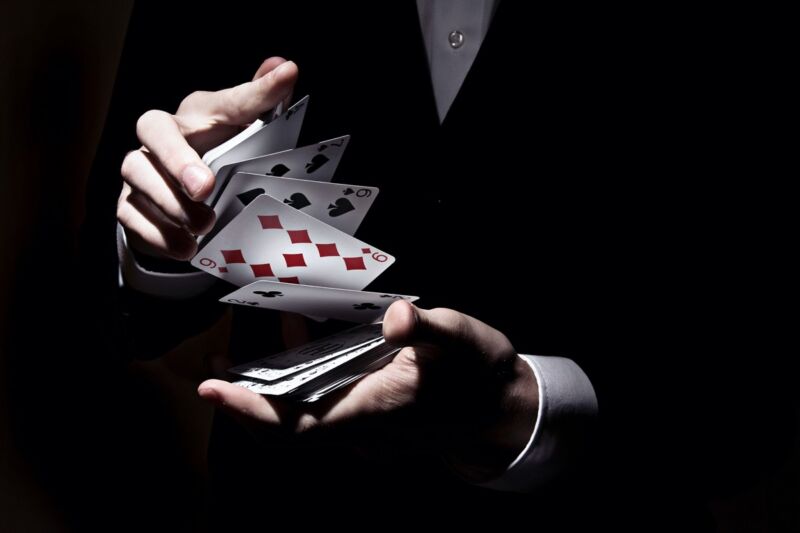Study: Magicians’ priming techniques are effective at influencing choice

Enlarge / The majority of study participants who watched either a video or live performance of a magician performing a card trick chose the suit, number, or exact card they were primed to choose. (credit: Christopher Grigat/Getty Images)
Pick a card, any card. It's a staple of traditional magic tricks. But if you choose the three of diamonds, chances are you may have been "primed" by the magician to pick that card without even being aware of it. That's because certain subtle verbal and gestural cues can unconsciously influence decision-making, according to a recent paper in the Proceedings of the National Academy of Sciences (PNAS).
There is a certain degree of well-founded skepticism surrounding studies of visual or verbal priming. There was, for instance, a famous "experiment" in 1957 by a market researcher named James McDonald Vicary, involving subliminal advertising. Vicary claimed to have conducted an experiment in which some 45,000 people attending screenings of the film Picnic at a Fort Lee, New Jersey, theater were repeatedly shown brief ads ("Drink Coca-cola" or "Hungry? Eat popcorn") lasting just 1/3,000th of a second during the film-thanks to a tachistoscope Vicary said he installed in the projection booth. He reported an 18.1 percent increase in sales of Coca-Cola and a startling 57.8 percent increase in popcorn sales as a result.
The concept of subliminal advertising subsequently spread like wildfire, featuring in a 1973 episode of Columbo and even prompting the CIA to issue a cautionary report. There was just one problem: Vicary was a fraud. Nobody was ever able to reproduce those results-including Vicary himself-and Vicary eventually admitted he had falsified his data, and the story had been a gimmick to prop up his struggling marketing business. It's possible he never even conducted the original experiment.
Read 14 remaining paragraphs | Comments